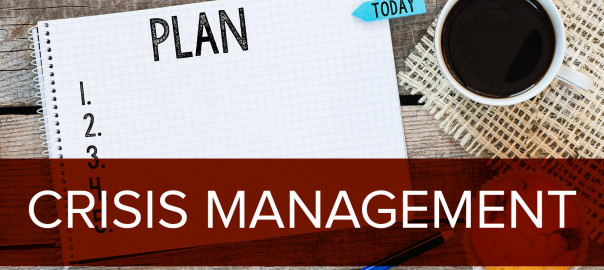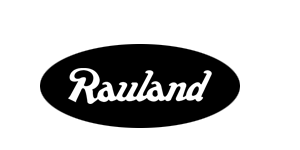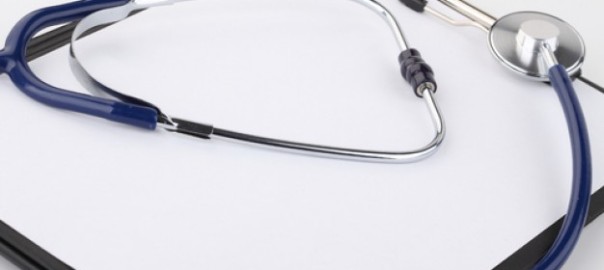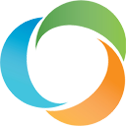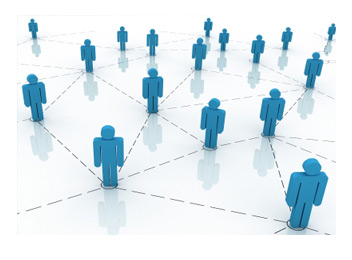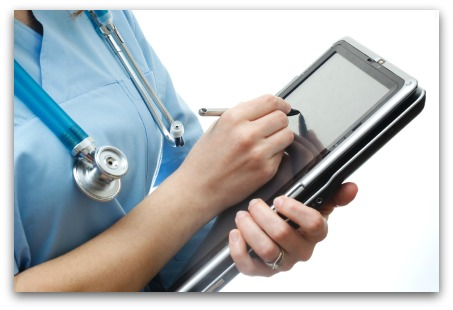It Is Time to Educate our K-12 Education Systems on Crisis Communication
It is no longer a question of if a crisis will happen in a school but when it will happen. Although the most feared crisis situation is an active shooter situation, many other types of threats to safety of students and faculty may occur. According to Schooldude.com, the human threats facing children, teachers and school personnel includes dangerous intruders, gang violence, bomb threats, missing persons as well as accidents and injuries. All of these risks require that school personnel be able to communicate the crisis as effectively and quickly as possible. A crisis situation leaves little time to think through options, so school leaders and teachers must know what to do, when to do it and the best communication method to use.
What worked yesterday in our schools won’t work for the future because the future holds uncertainty, fear and sometimes danger for our most valuable asset in this country, our children. Some of the most common questions that surface when discussing the current state of our schools are around safety. How many times have you asked or heard questions like these:
Are the kids safe?
Are kids able to learn effectively if the number one thing on the minds of the teachers and the students is, “I hope nothing bad happens today.”?
What do we do if something bad happens?
How will we know if there is a crisis somewhere on the campus?
We are all wondering how safe our schools are. Not that safe. Here are some hard numbers:
- 50 – The number of mass murders or attempted mass murders at a school since Columbine. (FBI records)
- 141 – The number of people killed in a mass murder or attempted mass murder at a school since Columbine. (FBI records)
- 270 – The number of shootings of any kind at a school since Columbine. (ABC News review of reported cases)
- 1 – The number of shootings per week, on average, on a school or college campus in 2015. (ABC News review of reported cases)
So now that we have looked at all this doom and gloom, let’s talk about solutions to alleviate the fear that is lurking in the minds of our teachers, parents and school children. Not surprisingly, the best way to battle this underlying fear in our school systems is through education! So where do we go for this education? Where can we find out how to better handle the day-to-day safety concerns as well as the crises that could happen without warning and what are these situations? We need to go where our children go to learn everything — online!
Let’s start with valuable information from the one of the leaders on Crisis Communication and Management. In a crisis school situation, think of ALICE, which stands for Alert, Lockdown, Inform, Counter, Evacuate. (https://www.alicetraining.com/) ALICE protocols and training provide a framework to educate and inform parents, teachers, administration personnel and integrators with the overarching goal of creating a culture of safety and protection within our schools. Some of the powerful suggestions ALICE training provides include the following:
Five Suggestions for Parents to Make to School Administrations
1. Have a Proactive Rather than Passive Policy
2. Make Sure the Policy Aligns with Federal Guidelines
3. Make Sure All Teachers are Trained
4. Train Students and Practice Regularly
5. Empower and Authorize Individuals
Another valuable resource is the Partner Alliance for Safer Schools, (PASS). (http://passk12.org/). This organization has a very simple mission, which is to make sure school investments in security are spent on the right solutions. The PASS guidelines are as follows:
1. Define threats common to schools at each educational level
2. Offer recommendations on parental and community involvement
3. Detail a layered security approach that combats common threats and mitigates risks related to active shooters
4. Provide information for integrators, school administrators, resource officers, and IT staff on technology-focused solutions like video surveillance, duress alarms, and electronic access control
5. Deliver scalable/tiered measures that administrators can implement based on available resources and local risk levels
PASS also provides integrators with risk assessments and white papers that can be used when working with schools to evaluate and establish the best security protection for their building. PASS has published a Safety and Security Guidelines for K12 Schools that is invaluable in providing information on not only keeping our children safe but also what to do in the event of a crisis. Technology Integrators play a huge role in making this happen. Tier four of the PASS Emergency Notification Layer of Safe Schools depends on having a professional integrator to work with who can accomplish baseline needs like live camera streams for law enforcement and administrators, intercom systems that integrate emergency messaging as well as two-way radio systems for communication within the building as well as with emergency personnel.
TIER 4
1. The duress system should have the capability to generate a camera stream with the computer popup message so that responding personnel (law enforcement and school administrators) can see a live view of the area where the duress button was activated.
2. The public address system should be integrated with fire alarms, weather alerts and the duress system to automate emergency messaging that provides information as to what the emergency is, what to do and where to go, and that sends an “all clear” message when appropriate.
3. The public address system should be augmented through the use of digital signage that provides emergency information.
4. The public address system should be integrated with the two-way radio system used by security personnel, law enforcement and firefighters so that calls for emergency response are automated.
5. The two-way communication system should be able to accept calls from emergency personnel outside the building.
The National Association of School Psychologists (NASP) has a very good list of “Brief Facts and Tips” on creating a culture of safety and well-being within a school. It is not surprising that nine out of nineteen of their tips directly or indirectly involve communication, which all resources point to as the key factor in preventing and responding to a crisis… https://www.nasponline.org/resources-and-publications/resources/school-safety-and-crisis/school-violence-prevention
Some of the NASP recommendations include:
1. Create a safe, supportive school climate (e.g., school-wide behavioral expectations, caring school climate programs, positive interventions and supports, and psychological and counseling services).
2. Encourage students to take responsibility for their part in maintaining safe school environments, including student participation in safety planning.
3. Reiterate the school rules and request that students report potential problems to school officials.
4. Remind students of the importance of resisting peer pressure to act irresponsibly.
5. Create anonymous reporting systems (e.g., student hot lines, suggestion boxes, and “tell an adult” systems).
6. Control access to the school building (e.g., designated entrance with all other access points locked from the exterior).
7. Monitor school guests.
8. Monitor school parking lots and common areas, such as hallways, cafeterias, and playing fields.
9. Include the presence of school resource officers, security guards, or local police partnerships.
10. Use security systems.
11. Develop crisis plans and provide preparedness training to all staff members.
12. Develop threat-assessment and risk-assessment procedures and teams for conducting the assessments.
13. Hold regular school-preparedness drills (e.g., intruder alerts, weather, fire, lockdown, evacuation).
14. Create school-community partnerships to enhance safety measures for students beyond school property.
15. Cite school safety incident data. Many school districts have local data that support a declining trend in school violence. When possible, citing local data helps families and students feel more at ease.
16. Be a visible, welcoming presence at school, greeting students and parents and visiting classrooms.
17. Conduct an annual review of all school safety policies and procedures to ensure that emerging school safety issues are adequately covered in current school crisis plans and emergency response procedures.
18. Review communication systems within the school district and with community responders. This should also address how and where parents will be informed in the event of an emergency.
19. Highlight violence prevention programs and curricula currently being taught in school. Emphasize the efforts of the school to teach students alternatives to violence including peaceful conflict resolution and positive interpersonal relationship skills.
We cannot overlook what the Federal Emergency Management Association (FEMA) recommends in the event of a crisis situation. FEMA identifies Response as the critical action since crisis falls into three categories; it has happened, it is happening or it will happen.
Response means the capabilities necessary to stabilize an emergency once it has already happened or is certain to happen in an unpreventable way; establish a safe and secure environment; save lives and property; and facilitate the transition to recovery.
The internet is rich with information, ideas and solutions on how to work together to make our schools safer. Here is one additional link with information that will be helpful in learning more about educating and protecting our most valuable asset!
http://www.securitymagazine.com/articles/86817-technology-solutions-to-help-schools-prepare-for-crisis


